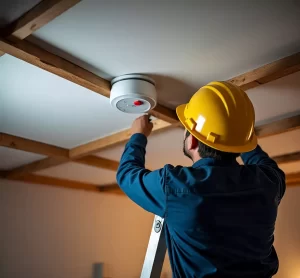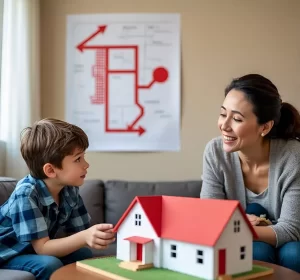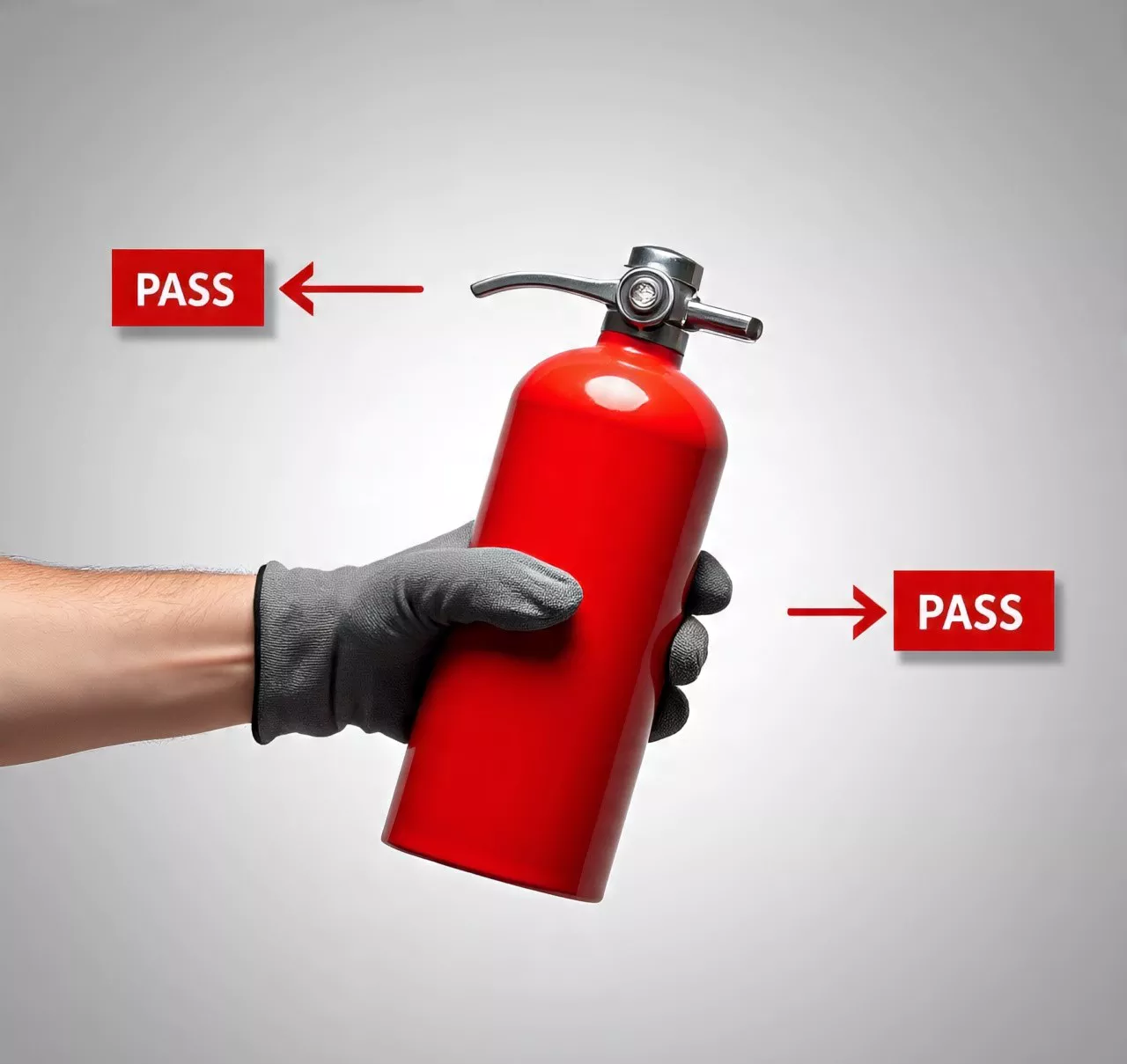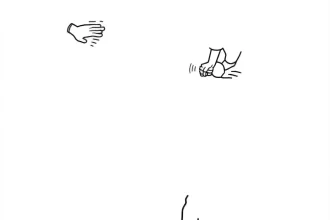A Thorough Guide HOW-TO Prevent and Manage
Safeguarding your home against fires can be devastating, leading to loss of property, injuries, and even fatalities. Understanding the common causes of house fires and knowing how to prevent and manage them is crucial for the safety of your family and property. This guide provides essential tips for fire prevention, identifying potential hazards, and emergency response strategies.
Understanding Common Causes of House Fires
Fires can start in any part of your home and for a variety of reasons. Being aware of these common causes helps in taking preventive measures to protect your home.

- Cooking-Related Fires
Cooking is the leading cause of house fires. Grease fires, unattended stoves, and faulty kitchen appliances can quickly ignite a blaze.
- Electrical Fires
Faulty wiring, overloaded circuits, and malfunctioning electrical appliances are significant sources of electrical fires. Regular maintenance and proper use of electrical devices are essential to prevent these fires.
- Heating Equipment
Heaters, fireplaces, and wood stoves can cause fires if not used correctly or maintained. Ensure proper installation and regular cleaning to avoid fire hazards.
- Smoking
Improperly discarded cigarettes are a common cause of house fires. Always use ashtrays and ensure cigarettes are fully extinguished before disposal.
- Candles
Candles left unattended or placed near flammable objects can start a fire. Use candle holders and extinguish candles before leaving the room.
- Children Playing with Fire
Curious children playing with matches or lighters can inadvertently start fires. Keep these items out of reach and educate children about fire safety.
Fire Prevention Tips

- Installing Smoke Alarms
Smoke alarms are your first line of defense against fires. Install smoke alarms on every level of your home, inside bedrooms, and outside sleeping areas. Test them monthly and replace batteries annually.
- Creating a Fire Escape Plan
Develop a fire escape plan with at least two exits from each room. Practice fire drills regularly with your family to ensure everyone knows what to do in case of a fire.
- Safe Cooking Practices
Never leave cooking unattended. Keep flammable objects away from the stove and turn pot handles inward to prevent accidents. Keep a fire extinguisher in the kitchen and know how to use it.
- Electrical Safety
Have your home’s wiring inspected by a certified electrician. Avoid overloading circuits and use surge protectors. Replace frayed cords and malfunctioning appliances immediately.
- Heating Safety
Keep heaters at least three feet away from flammable materials. Regularly clean chimneys and vents to prevent buildup. Never leave heaters on when you leave the house or go to bed.
- Candle Safety
Use flameless candles or place candles in sturdy holders. Never leave candles unattended and keep them away from flammable objects.
- Smoking Safety
Smoke outside and use deep, sturdy ashtrays. Ensure all smoking materials are completely extinguished before disposal.
Educating Children

Teach children about the dangers of fire and keep matches and lighters out of their reach. Supervise them closely when they are around fire sources.
What to Do During a Fire
Immediate Actions
- Alert Everyone: Shout “Fire!” to alert everyone in the house.
- Evacuate Immediately: Leave your home using the nearest exit. Do not try to gather belongings.
- Stay Low: Smoke rises, so stay low to the ground to avoid inhaling smoke.
- Close Doors: Close doors behind you to slow the spread of the fire.

If Trapped
Call Emergency no
Call emergency services if you cannot escape.
Stay Near a Window
Signal for help with a flashlight or by waving a cloth.
Block Smoke
Use wet cloths to block smoke from entering through cracks around doors.
Using a Fire Extinguisher
Only use a fire extinguisher if the fire is small and you know how to operate it. Remember the PASS technique:
- Pull the pin.
- Aim low at the base of the fire.
- Squeeze the handle.
- Sweep the nozzle from side to side.
After the Fire
- Returning Home Safely
Only return home when authorities declare it safe. Be cautious of structural damage and hidden fire hazards.
- Contacting Insurance
Document all damage with photos and videos. Contact your insurance company to file a claim and keep detailed records of all communication and expenses.
- Cleaning and Restoring Your Home
Wear protective clothing and use disinfectants to clean and restore your home. Dispose of any contaminated items and be mindful of potential mold growth.
- Seeking Assistance
Contact local relief organizations and government agencies for assistance with food, shelter, and recovery resources.
Maintaining Fire Safety Awareness
- Regular Inspections
Schedule regular inspections of your home’s electrical system, heating equipment, and smoke alarms. Replace or repair any damaged or outdated components.
- Community Involvement
Participate in community fire safety programs and advocate for better fire prevention measures in your area. Educating your community can help prevent fires and save lives.
Stay Safe, Stay Prepared! Preventing and managing fires at home is crucial for the safety of your family and property. Start by implementing fire safety measures, creating an emergency plan, and educating your family about fire hazards. Share this guide with friends and family to help them stay safe too!
For more detail visit Pakistan Fire Protection Association >> >> >> (FPAP)
For more information visit Pakistan Red Cross Fire Safety >> >> >> (PRCS)










